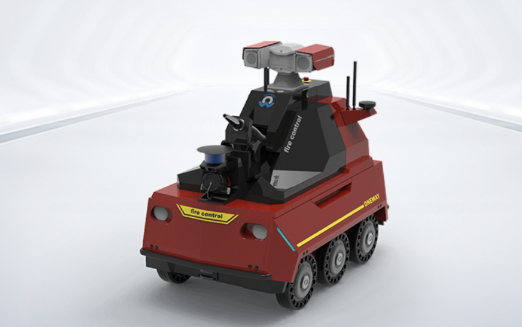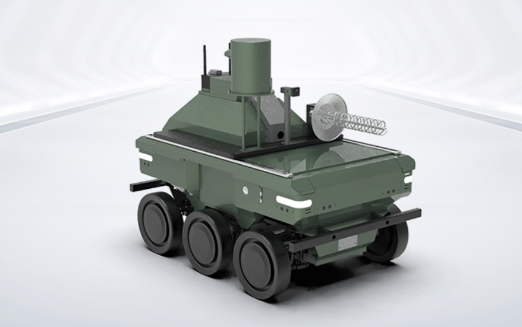Exploring the Tracked Robot Chassis: How It Works
Are you curious about tracked robot chassis and how they operate? Well, let me break it down for you! tracked robot chassis are a type of robotic base that utilize tracks instead of wheels to move around. These versatile machines have become increasingly popular in various industries due to their exceptional stability and maneuverability.
The Advantages of Tracked Robot Chassis
One of the key advantages of using tracked robot chassis is their ability to navigate through challenging terrains with ease. Whether it’s rough outdoor surfaces or uneven indoor floors, these robots can effortlessly traverse obstacles that would hinder traditional wheeled robots. The tracks provide enhanced traction, allowing them to maintain stability even on slippery surfaces.
In addition, tracked robot chassis offer improved weight distribution compared to wheeled counterparts. This feature enables them to carry heavier loads without compromising their balance or performance. As a result, they are widely used in applications such as material handling and logistics where heavy items need to be transported efficiently.
The Role of Food Service Robots
food service robots equipped with tracked robot chassis have revolutionized the hospitality industry by streamlining operations and enhancing customer experiences. These robots can autonomously navigate crowded spaces like restaurants or hotels while carrying trays filled with food and beverages.
By utilizing advanced sensors and algorithms, food service robots ensure accurate delivery without colliding into objects or people along the way. They not only reduce human error but also free up staff members’ time so they can focus on providing personalized services rather than mundane tasks like delivering orders from one point to another.
Oneway: A Sustainable Practice
Oneway is an innovative company that has integrated sustainable practices into its use of tracked robot chassis for last-mile delivery. By utilizing these robots, Oneway reduces the need for traditional delivery vehicles that contribute to air pollution and traffic congestion.
These tracked robot chassis are powered by electric batteries, making them environmentally friendly alternatives to conventional transportation methods. They can efficiently navigate urban environments and deliver packages directly to customers’ doorsteps, minimizing the carbon footprint associated with traditional last-mile logistics.
In Conclusion

Tracked robot chassis offer exceptional stability, maneuverability, and weight distribution advantages compared to wheeled robots. Their application in various industries such as material handling, food service, and last-mile delivery showcases their versatility and potential for enhancing efficiency while reducing environmental impact. As technology continues to advance, we can expect even more innovative uses of tracked robot chassis in the future.
